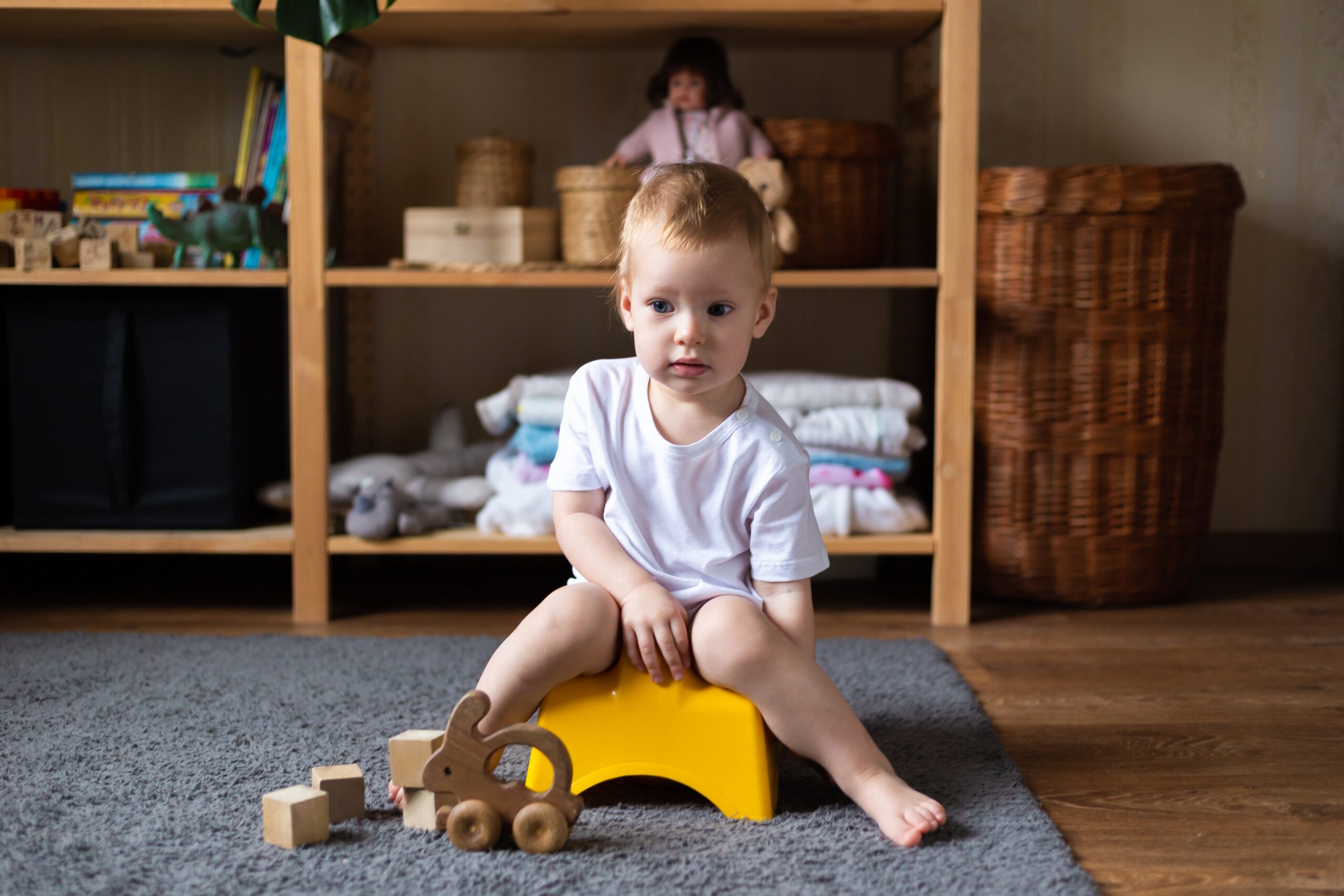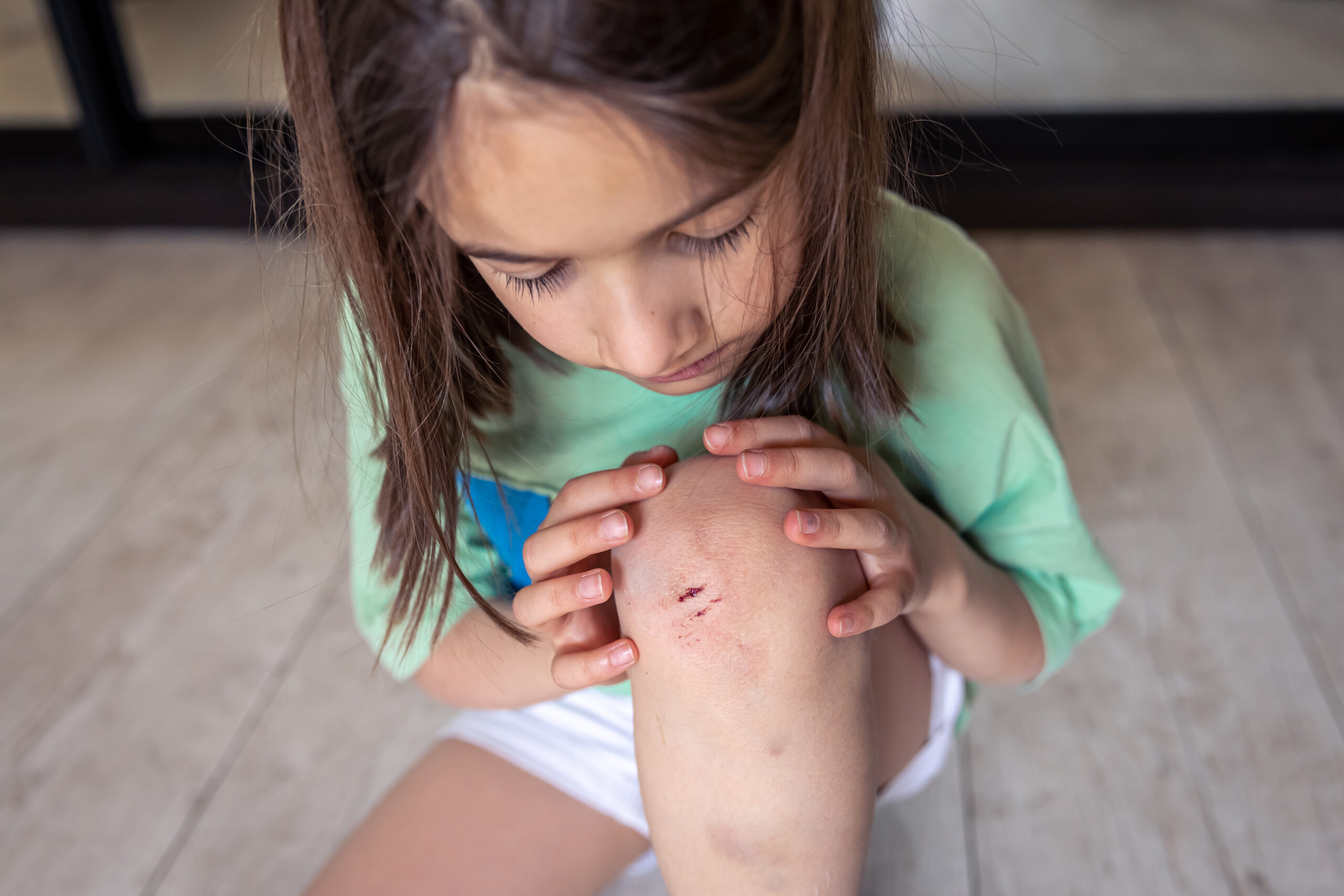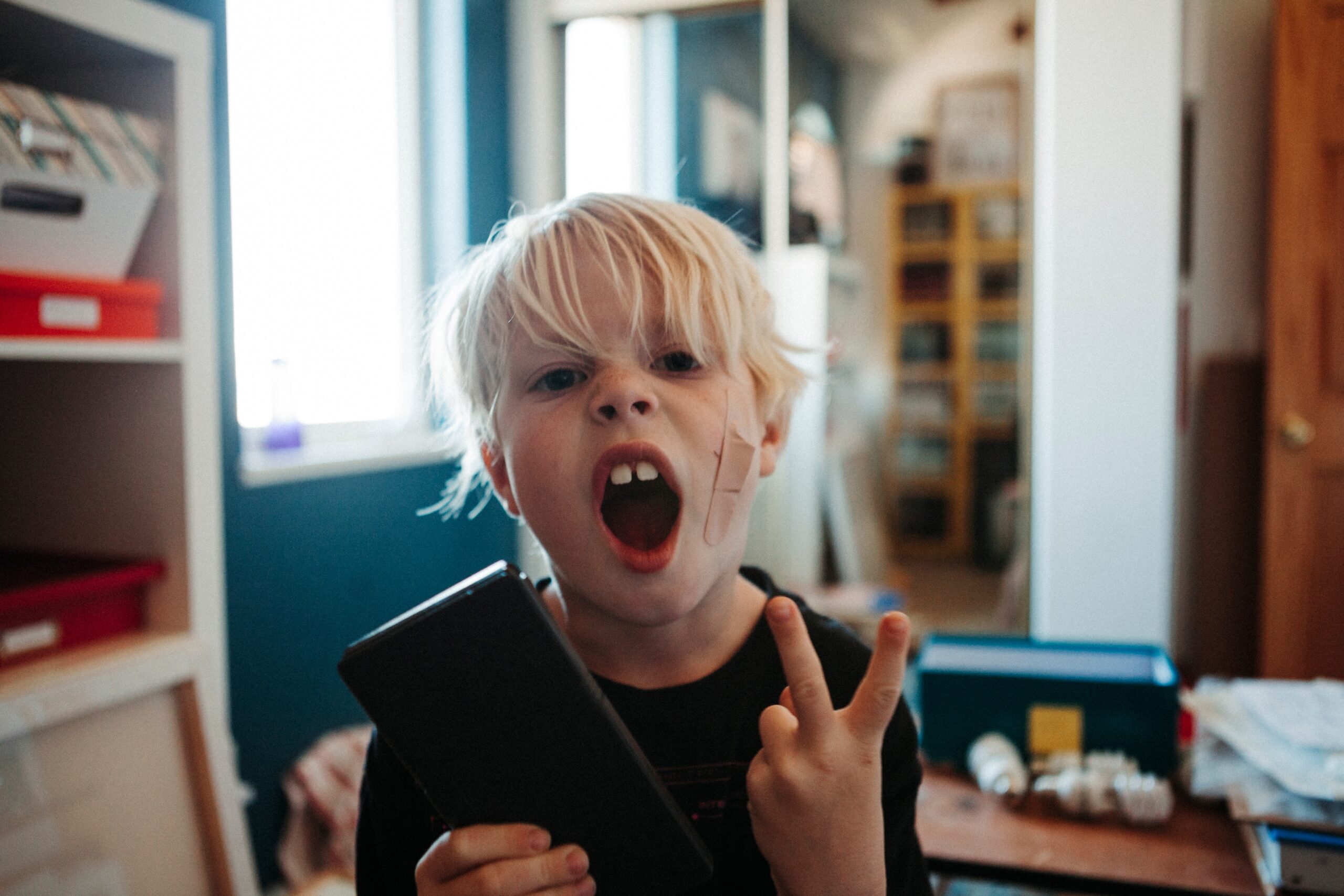How to Prepare a Child with Autism for a Visit to the Doctor
Visiting the doctor can be a challenging and stressful event for many children on the autism spectrum and their parents. The unfamiliar environment of a doctor’s office, coupled with the uncertainty of what to expect, can trigger anxiety and sensory overload for children on the autism spectrum. The bright lights, loud noises, and crowded waiting rooms can easily overwhelm their sensory system, making it difficult for them to remain calm and cooperative.
Additionally, the social interactions required during a medical examination, such as making eye contact, answering questions, or being touched by a stranger, can further intensify their discomfort and distress. In this article, we will provide six strategies to help prepare a child with autism for a visit to the doctor, addressing their unique challenges and sensory sensitivities.
Use Social Stories
Social stories are visual aids that can help the child understand what to expect during the visit to the doctor. By using real pictures of the child and the doctor’s office, a social story describes the trip to the doctor step by step. It includes the expected behavior and techniques the child can use to decrease anxiety, such as deep breathing or using a stress ball. Reading the social story with the child every day will help them prepare for the upcoming event and reduce anxiety.
Use a Visual Schedule
Having a child use a visual schedule can introduce the visit to the doctor and decrease the child’s stress level. Create a daily schedule for the child and add a picture of the visit to the doctor on the relevant day. This way, the child will be more accepting of the upcoming trip as it becomes a familiar part of their routine.
Sensory Considerations
Discuss any sensory triggers with the child’s doctor in advance. Many children with autism spectrum disorder (ASD) have sensory sensitivities. By addressing these triggers, the doctor can help minimize their impact during the visit. Additionally, consider using sensory supports such as headphones, glasses, weighted jackets, and fidget toys to help the child cope with overwhelming sensory stimuli.
Practice Role-Playing
Acting out the doctor’s visit with the child using toys or dolls can help them rehearse and become more comfortable with the procedures that may take place. Encourage the child to play the role of the doctor as well, promoting a sense of control and familiarity. Playing with a medical toy set, taking the child’s temperature, checking their pulse, and allowing them to pretend to listen to your heartbeat can help the child accept medical procedures and reduce their anxiety during the visit.
Gradual Exposure
Start by exposing the child to medical settings in a less threatening way, such as a brief and positive experience like waiting or measuring. Gradually increase the duration and complexity of the visits as the child becomes more comfortable. This approach will help the child acclimate to the doctor’s office and reduce the chances of overwhelming sensory responses.
Reinforcement
Establish a system of positive reinforcement and rewards for cooperative behavior during the visit. This can include verbal praise, small treats, or engaging in a preferred activity after the appointment. Tailor the rewards to the child’s interests and motivations to make them more effective.
Preparing a child with autism for a visit to the doctor requires careful consideration of their unique needs and sensitivities. By utilizing strategies like social stories, visual schedules, sensory considerations, role-playing, gradual exposure, and positive reinforcement, parents and caregivers can help alleviate anxiety and make the visit to the doctor a more manageable and positive experience for both the child and themselves. Remember that each child is unique, so it’s important to individualize these strategies based on their preferences, strengths, and challenges. With patience and understanding, parents can help their child navigate medical visits with greater ease and comfort.
Also read: Air Travel with Autistic Children: 10 Ways to Prepare
About Olga Sirbu
My name is Olga Sirbu, I am a Board Certified Behavior Analyst (BCBA) and Licensed Applied Behavioral Analyst. My goal is to support and empower families and individuals on the autism spectrum.
Autism Advance is dedicated to training parents and caregivers, providing practical tips, and teaching individuals how to educate kids with autism.
I share evidence-based practices to help you better understand and support individuals with autism. Learn practical strategies to help individuals with autism reach their full potential, as well as gain a deeper understanding and acceptance of autism.
Thank you for considering Autism Advance as a resource for your autism journey.








